Pale Gums In Canines: Possible Causes & Treatments
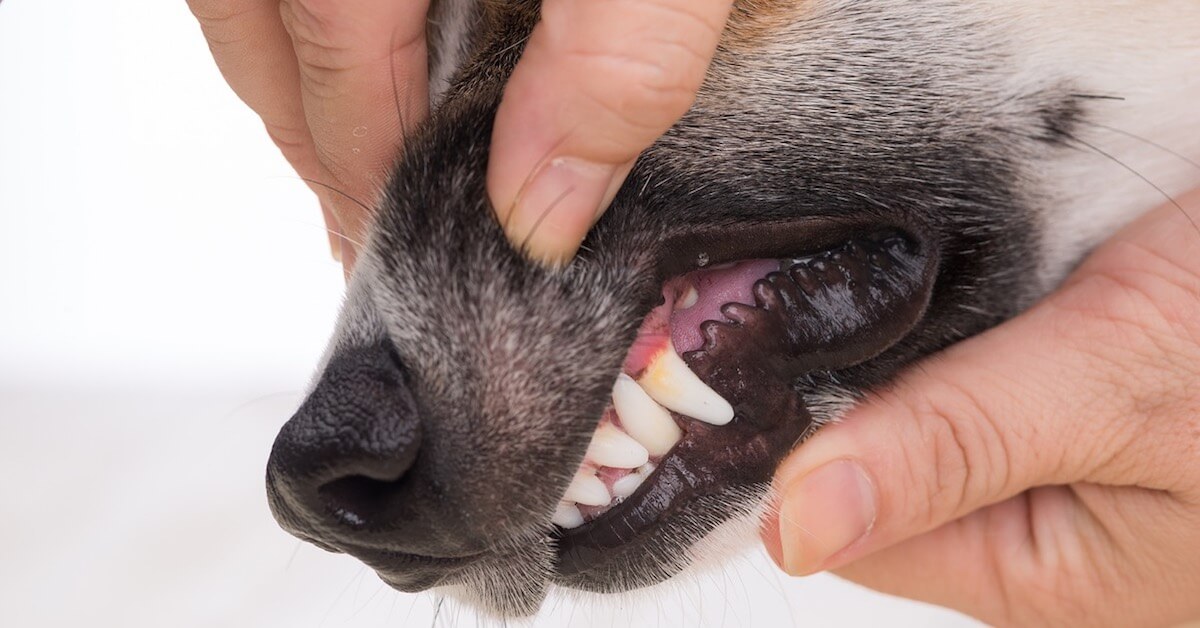
Just like how we can learn more about a hooman’s health through the colour of their face, one may also assess a canine’s overall health through the colour of their gums.
A dog is prone to a variety of seemingly subtle illnesses that many uninformed canine owners may overlook and dismiss. Among these many health issues that a dog may encounter within its lifetime, pale gums are one of them. Because the colour of gums is rather subtle, it’s fairly easy for dog owners to miss it despite its significance as a crucial health indicator. If left unnoticed, it might be too late for your canine before its health condition deteriorates into further health complications.
If pale gums in your dog happen to be a concern for you, read on to find out its possible causes and what the possible treatments are.
What do pale gums in dogs mean?
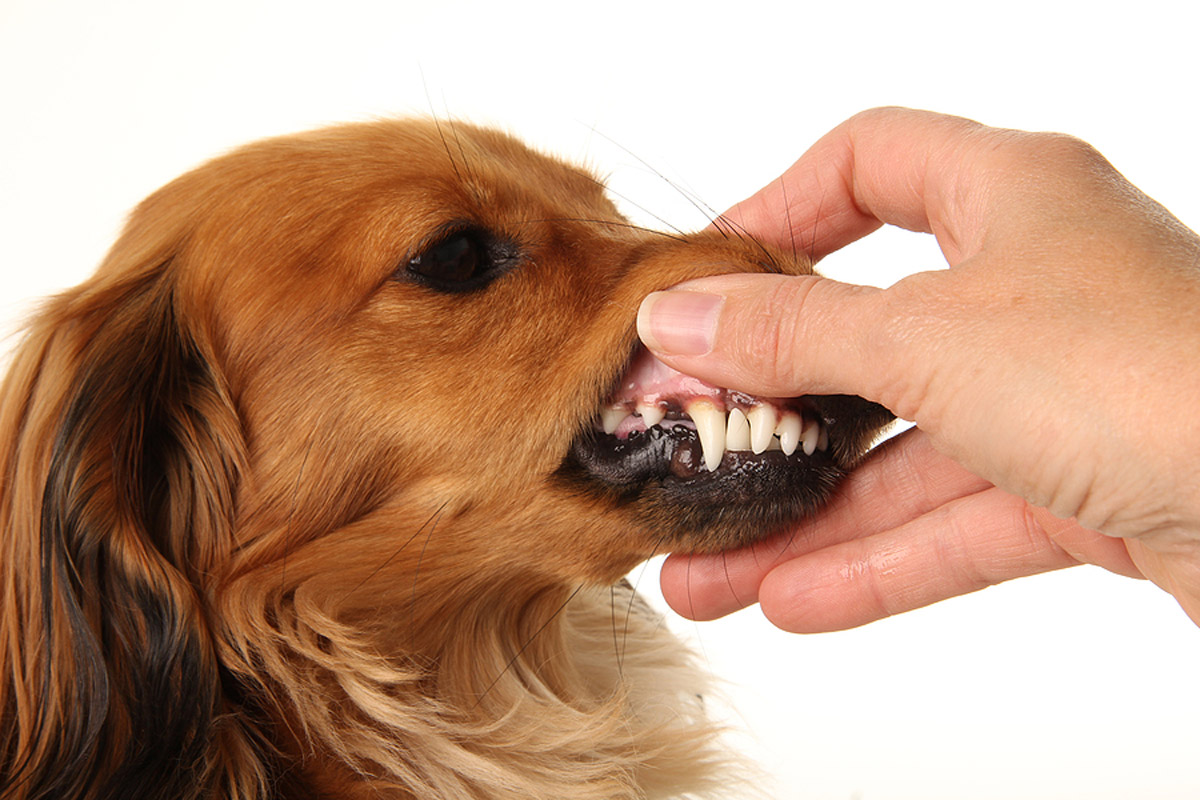
The colour of a dog’s gum tells a lot about its physical and mental health. Usually, the colour of the gum varies from dog to dog, but a moist light to dark pink is thought to be the ideal colour of a gum.
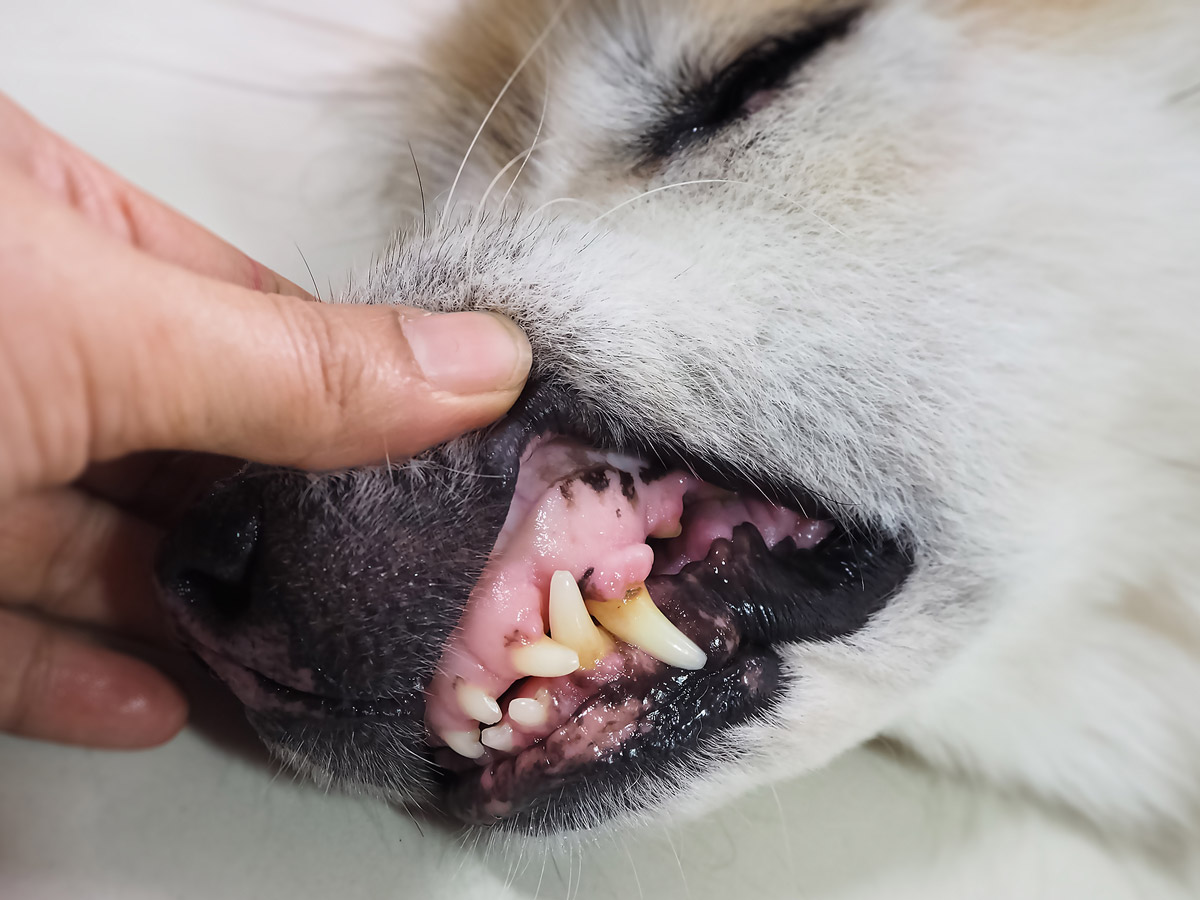
However, in cases where the colour of your dog’s gum becomes faded, pale, or dehydrated-looking, this should be an immediate warning sign for you. Without a doubt, these symptoms largely point towards the possibility of more severe underlying health problems plaguing your pup.
Possible Causes
Shock

Source: Tim Walter on Unsplash
The trauma caused by sudden, shocking accidents like a fall or getting hit by a car may cause a sudden decrease in blood flow, resulting in tissue and organ damage. This is due to a condition known as arrhythmia (e.g. brought upon by traumatic myocarditis) which disrupts the dog’s blood circulation and thereby causes its gums to pale gums.
Hence, it’s best to seek professional medical help from any one of the local vet in Singapore, regardless of the severity of the accident. Even if your dog was able to stand and walk immediately following the incident or doesn’t present any external signs of injury, it’s still important to send it to a vet for a thorough examination. Your dog might be suffering from internal injury complications that would remain undetected without a professional’s diagnosis.
As a medical professional, your vet will be able to qualify your dog’s pale gums and identify the cause of it more accurately. Following that, your vet will be able to offer the relevant treatment plan to address this condition accordingly.
Anaemia
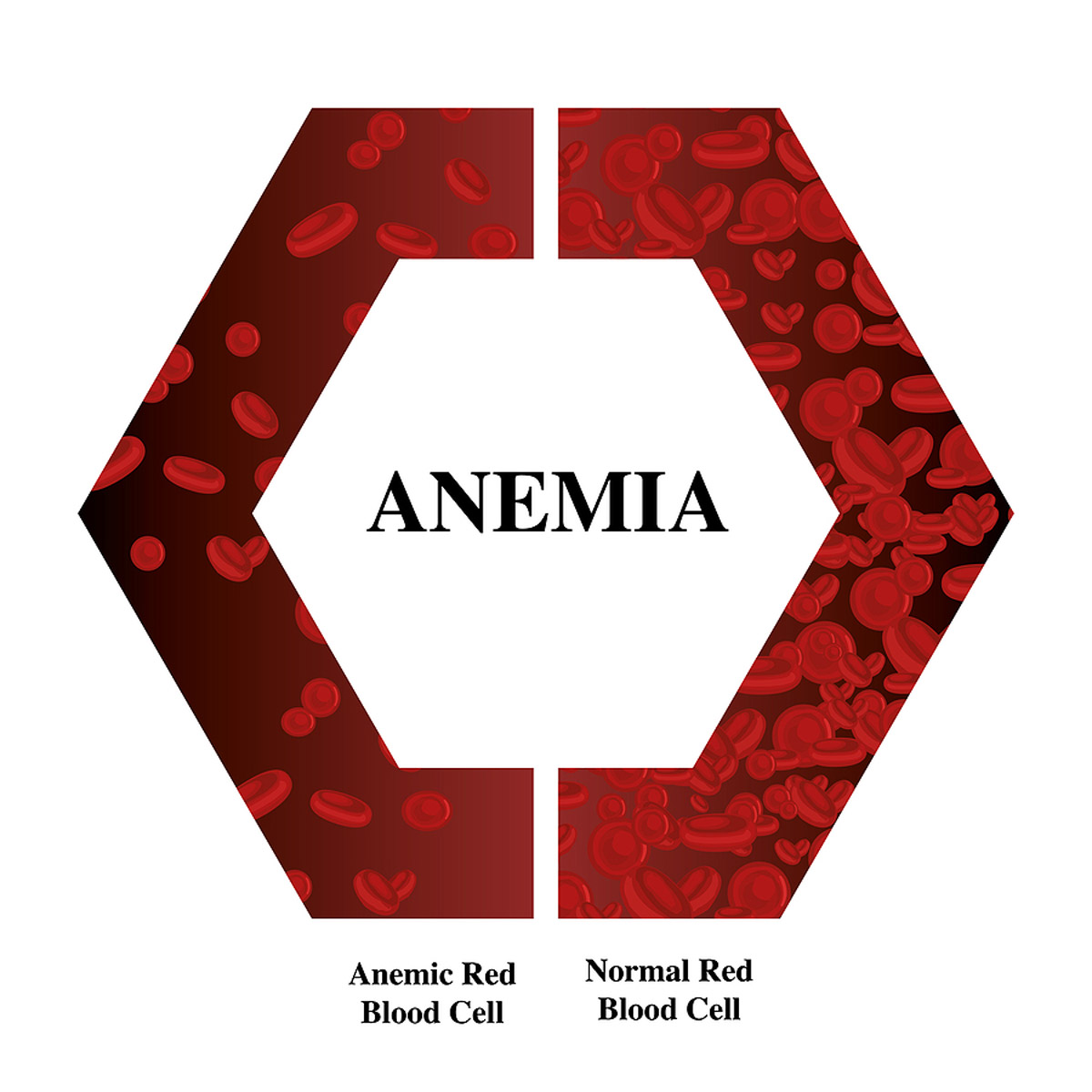
This condition occurs when there is a drop in circulating haemoglobin, red blood cells, or both. Besides pale gums, you may also spot other symptoms like weight loss, weakness, difficulty in breathing, faster heart rate, and signs of blood loss manifested through bloody urine or stool or even, a bloody nose.
Although it should be noted that anaemia is not a disease, but rather, it is commonly an indication/symptom of another type of underlying medical issue.
Blood loss
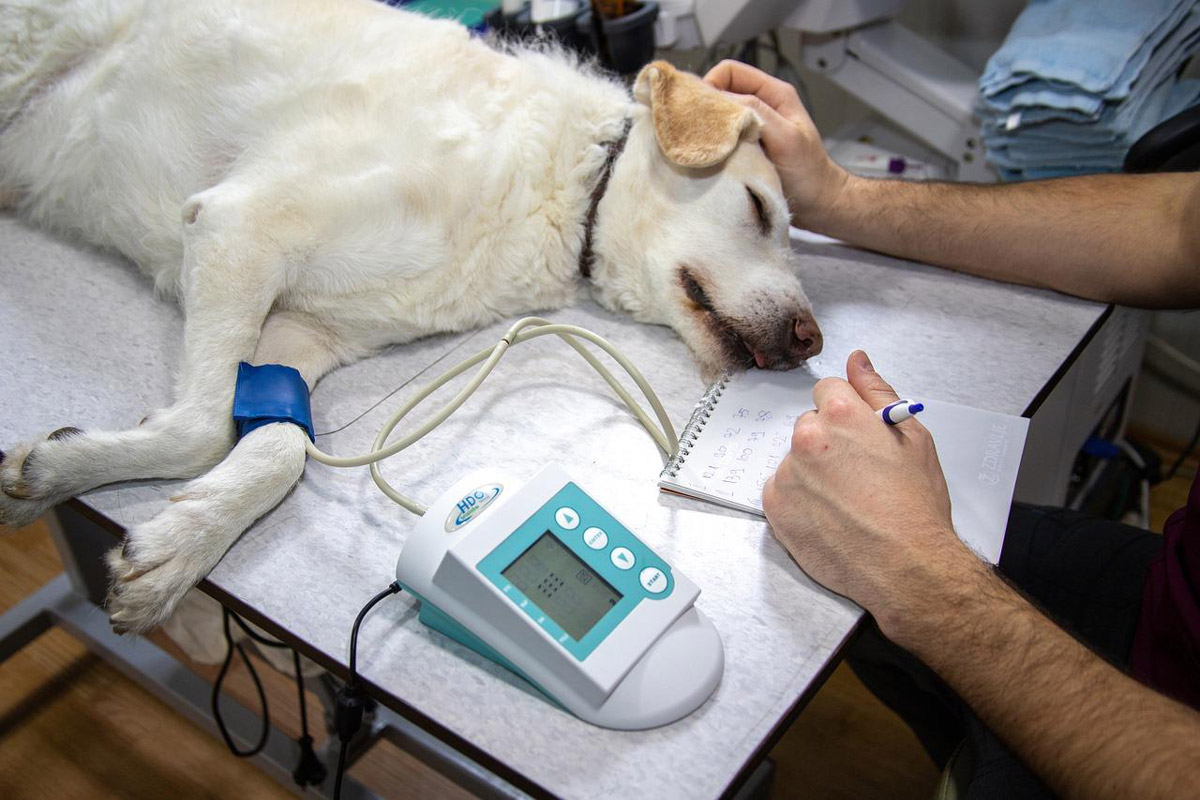
Source: mirkosajkov on Pixabay
If your dog is losing blood, due to an internal or external trauma, there’ll be less blood circulating throughout its body which inadvertently causes anaemia. This decreased blood circulation also means a drop in blood flow to the mucous membrane of a dog’s gum, resulting in the gum’s pale appearance.
For causes pertaining to internal bleeding, trauma or an underlying disease are solid diagnosis speculations to begin with. For instance, internal bleeding could be a result of multiple factors related to spleen or liver damage, injury, stomach ulcers, and so on. Other possible symptoms of internal bleeding could also include lethargy, tarry or black stools, vomiting, fluid in the stomach, and fainting.
External conditions

Source: Peggy_Marco on Pixabay
Parasites may also be a possible reason for blood loss, as they feed on a canine’s blood and consequently, deprive them of essential nutrients. For example, severe flea infestations can result in a huge amount of blood loss and pale gums. A secondary symptom to look out for could include hair loss from the constant scratching and intense itching.
On the other hand, heavy metal toxicity is also one other reason for pale gums. Dogs may end up consuming something that contains heavy metals present in nails or pennies. These heavy metals such as zinc may lower the dog’s red blood cell (RBC) production, resulting in pale gums and anaemia.
Disease Complications
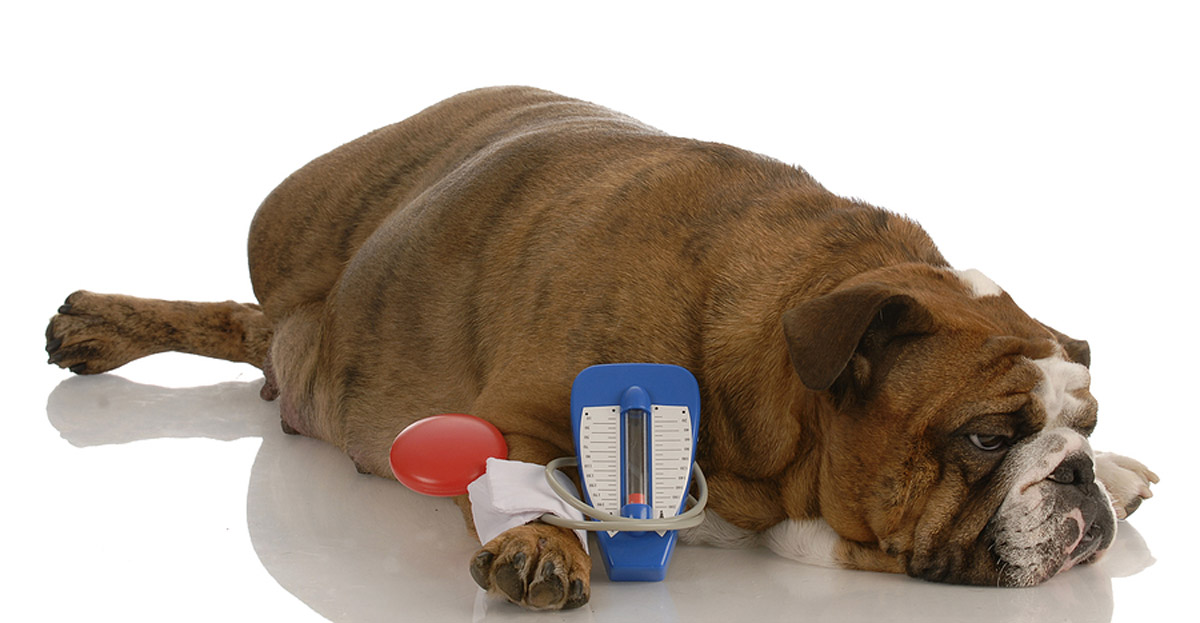
Various diseases like kidney disease or heart disease can cause pale gums to appear. For example, a kidney disease such as chronic renal failure will cause your dog to have reduced cortisol levels and higher phosphorus levels, which are associated once again with conditions such as anaemia and pale gums. Other illnesses like bone marrow cancer can cause a decrease in RBC production, which also results in pale gums.
Treatment Options
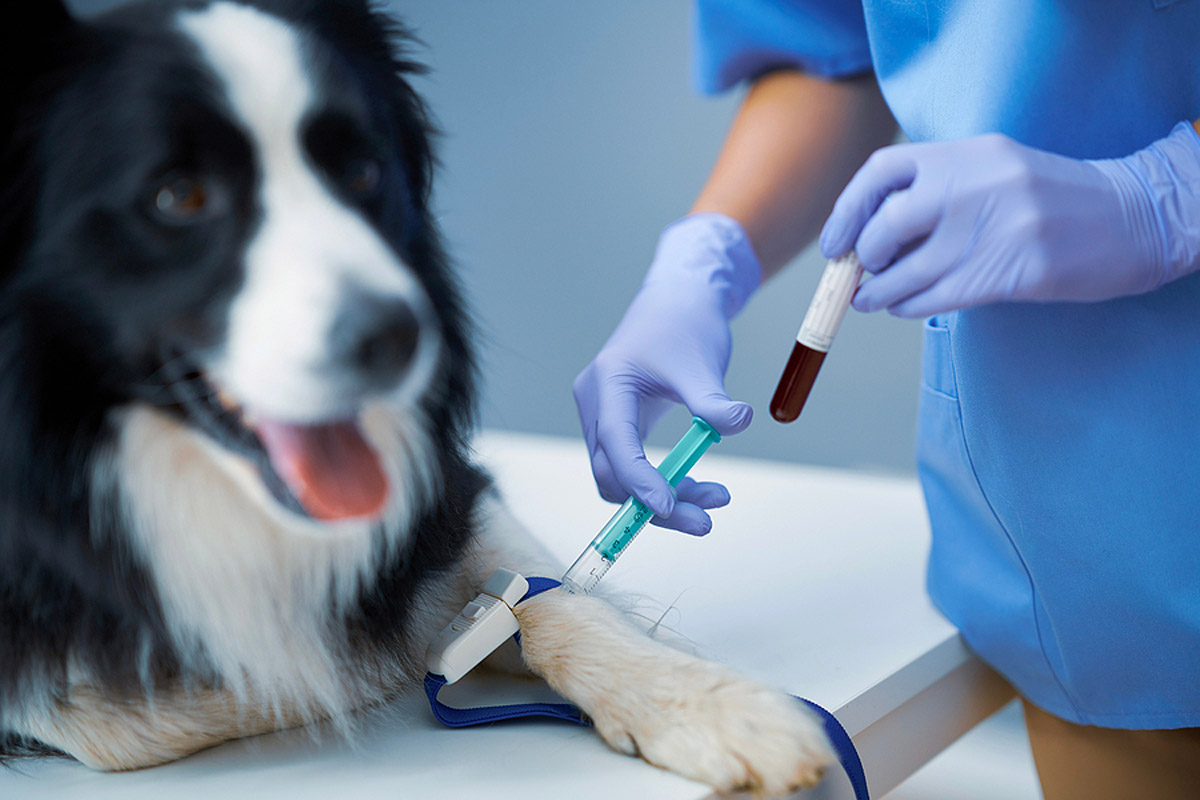
Suitable treatments can only be prescribed after a thorough physical examination by the vet. This is because depending on the underlying cause of pale gums, the treatments would obviously differ accordingly
These physical examinations usually involve your dog undergoing a blood test to check for blood cell counts (comprising RBCs) as well as examining organ function. For more dire cases, your dog may need to be admitted to the hospital for further supportive care and treatment.
For instance, if your dog’s pale gums are a result of blood loss, your furkid would require a blood transfusion to replace the lost blood. Alternatively, if treatment plans are less drastic, supplements and medications may suffice in the form of an over-the-counter prescription or be purchased from an online pet store.
In any case, always remember: As a pet owner, it’s your responsibility to look after your doggo in all its entirety — this includes educating yourself on the essential aspects of canine health. Of course, no one expects pet owners to be health experts but having a basic understanding of the diseases that dogs are prone to is a good start.
Thus, being knowledgeable about simple physiological aspects like the colour of your furkid’s gums as a generic health assessment is a great exemplar of an aware and responsible pawrent.








